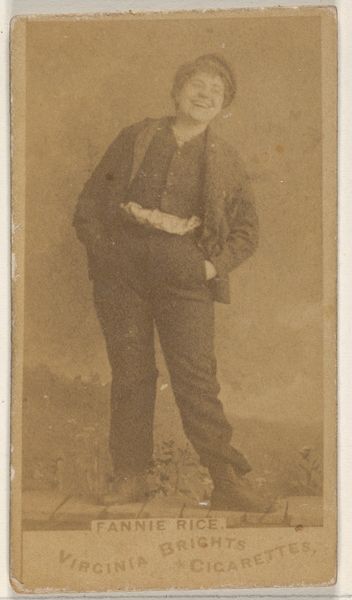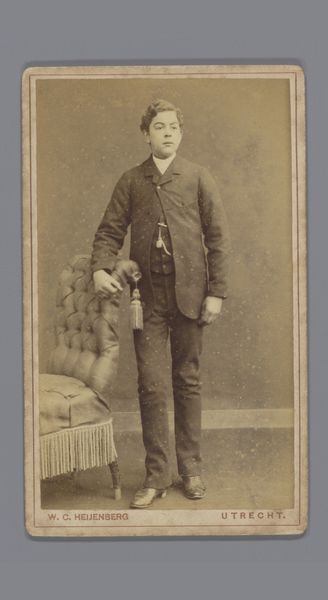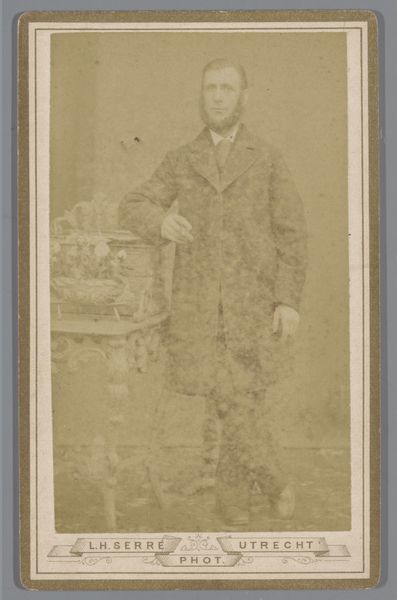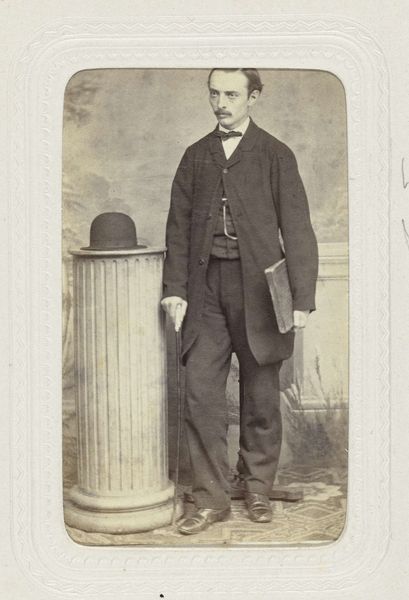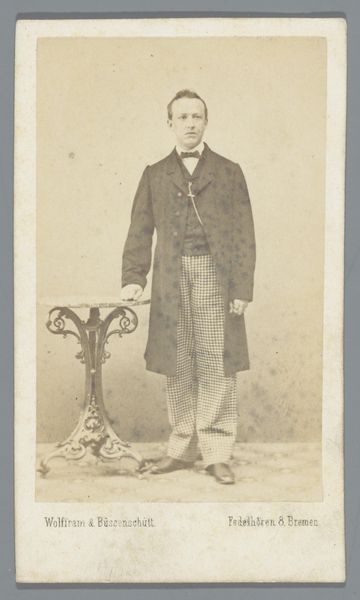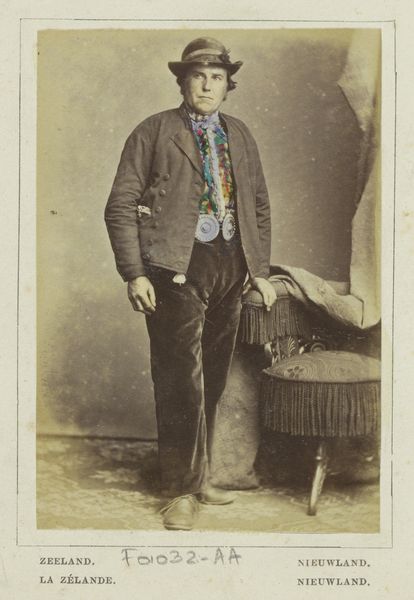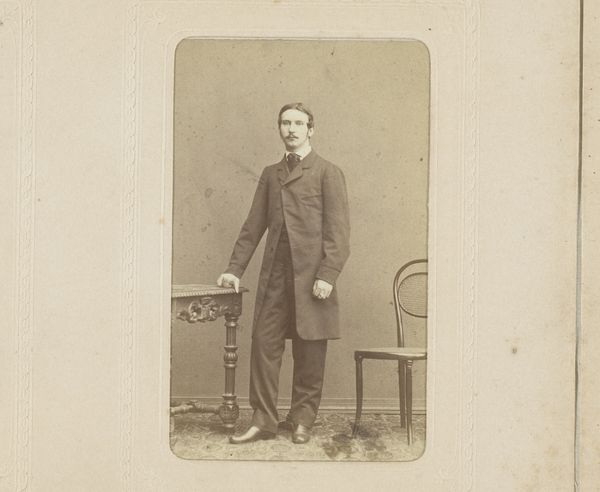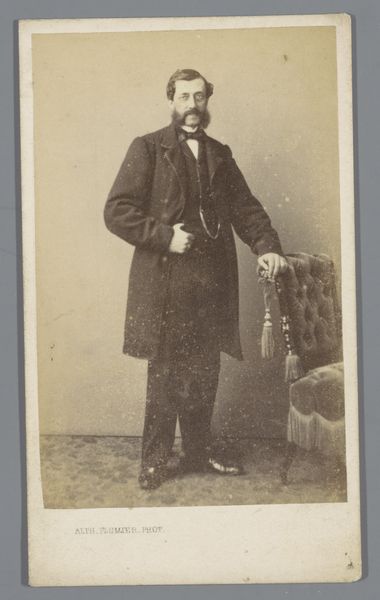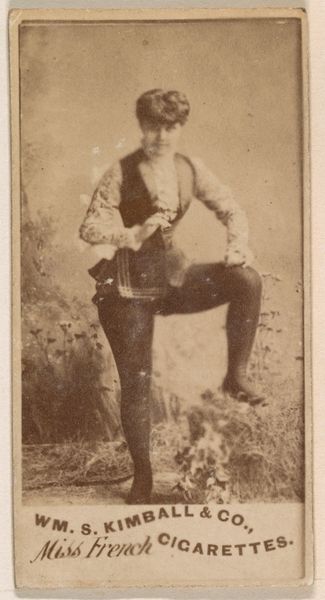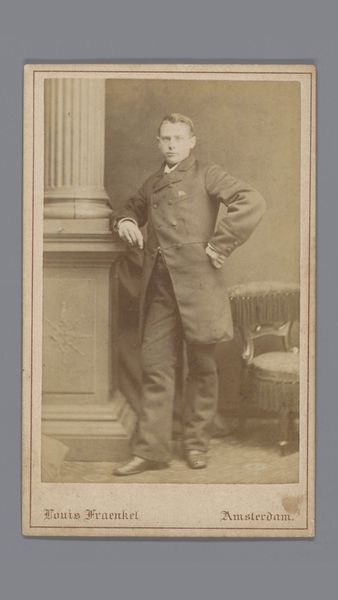
Gustavus Heinrich "Gus" Schmelz, Manager, Cincinnati, from the Old Judge series (N172) for Old Judge Cigarettes 1889
0:00
0:00
drawing, print, photography
#
portrait
#
drawing
#
aged paper
#
toned paper
#
photo restoration
#
pictorialism
# print
#
photography
#
19th century
#
men
Dimensions: sheet: 2 11/16 x 1 3/8 in. (6.9 x 3.5 cm)
Copyright: Public Domain
Editor: This is a photographic print from 1889 by Goodwin & Company. It's part of the Old Judge series featuring Gustavus Heinrich "Gus" Schmelz, a manager in Cincinnati. The sepia tone gives it such a strong sense of the past. I find myself wondering about the commercial and cultural context it existed in. What do you see in this image that might illuminate its history? Curator: This image is fascinating because it speaks volumes about the late 19th-century cultural landscape. Beyond a simple portrait, it highlights the rising commercialization of celebrity and sport. Consider the "Old Judge" series itself, connecting baseball figures to a cigarette brand. What does that suggest about the intended audience and the social status being cultivated through such imagery? Editor: So, it's more than just a picture; it's part of a larger advertising campaign tied to baseball and smoking, trying to reach a specific demographic? Curator: Precisely. These cards weren't intended to hang in a gallery, they were designed as collectibles that could be found within cigarette packs. They aimed to foster a sense of loyalty to both the team and the product. Look closely, the visual rhetoric conveys aspirations of success and social mobility, a reflection of the industrial era's promises. What's intriguing is to think about the cultural value assigned to these cards then versus what museums bestow upon them now. Editor: That makes me think about how our contemporary sports advertising hasn’t really changed that much since then. Curator: Exactly. By placing Schmelz, the manager, rather than the player, in this context the artist might also reflect the growing importance of team organisation as a mark of excellence. Editor: This has made me rethink the image not just as a portrait, but as an artifact embedded in complex social and marketing practices. Thank you. Curator: Likewise. Seeing how popular culture repurposes imagery remains incredibly informative about ourselves.
Comments
No comments
Be the first to comment and join the conversation on the ultimate creative platform.
